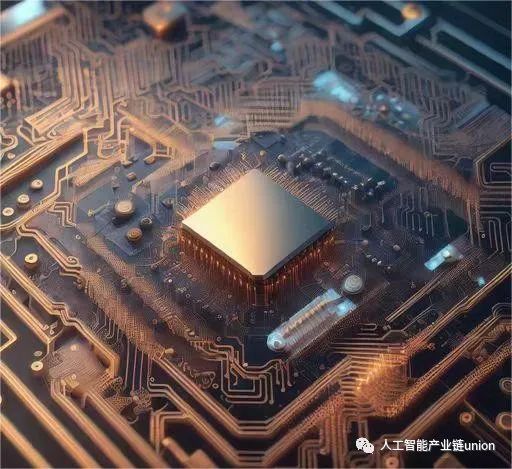
Chip project team founding team recruitment! ◀ Click to view!
In the adoption of new elements in semiconductors, TSMC has been a pioneer for many years and often leads the trend. However, the company now seems to be abandoning the use of high numerical aperture (NA) EUV lithography equipment in its A14 process, opting instead for the more traditional 0.33 NA EUV technology. This news was revealed at a numerical aperture technology seminar, where TSMC’s Senior Vice President Kevin Zhang announced this development. It can be said with certainty that Intel’s foundry and several DRAM manufacturers now have a technological advantage over TSMC.
Kevin stated that TSMC will not use High NA EUV lithography technology to pattern the A14 chip, which is scheduled for production starting in 2028. From 2nm to A14, we do not need to use High NA, but we can continue to maintain similar complexity in processing steps. He pointed out that with each generation of technology, we strive to minimize the increase in the number of masks. This is crucial for providing cost-effective solutions.
The main reason TSMC believes that high numerical aperture (NA) is irrelevant for the A14 process is that using the associated lithography tools could potentially increase costs by 2.5 times compared to traditional EUV methods, which would significantly raise the production costs of the A14 node, making its application in consumer products difficult. This Taiwanese giant relies on chip design and capacity, but that does not mean the company will not adopt high numerical aperture EUV in future processes, as it plans to use it for the A14P node.
Another reason for the increased costs associated with High NA is that TSMC’s A14 chip single-layer design requires multiple photomasks, and using the latest lithography tools would only raise costs without providing much benefit. Instead, by focusing on 0.33 NA EUV, TSMC can use multiple exposure techniques to maintain the same design complexity without the extreme precision required by High NA EUV, ultimately reducing production costs.
Interestingly, TSMC’s decision to abandon High NA EUV does put it behind companies like Intel Foundry in adopting the latest tools, as it is reported that the blue team will use High NA in the 18A process, which is expected to launch as early as next year. With the A14P targeted for release in 2029, TSMC will be at least four years behind its peers in adopting High NA, a decision that could give competitors an advantage.
ASML Adds Three High NA EUV Customers
ASML detailed its extreme ultraviolet (EUV) lithography systems in its latest earnings call, emphasizing progress on both High NA and low NA platforms as major semiconductor customers adopt the system.
Fouquet highlighted the momentum of high numerical aperture EUV technology, noting that Intel has exposed over 30,000 wafers in a single quarter, achieving a significant reduction in single-layer process steps—from 40 steps down to below 10. Samsung also reported a 60% reduction in cycle time in one use case.
ASML delivered its fifth and final EXE:5000 high numerical aperture system in the first quarter and will begin delivering the subsequent EXE:5200 in the second quarter. Customers are currently in the first phase of application focused on R&D, with trial production expected between 2026 and 2027 (second phase), followed by mass production on critical layers at advanced nodes (third phase).
In terms of low numerical aperture (NA), ASML’s NXE:3800E system is now fully shipped, capable of producing 220 wafers per hour, which is 30% faster than the previous generation NXE:3600. Existing system upgrades are ongoing and will continue until the end of 2025. Fouquet stated that the maturity of the equipment now supports high-volume production for advanced logic and memory nodes without concerns about the sales of remaining NXE:3600 systems.
Dassen confirmed that the average selling price (ASP) for low numerical aperture EUV is €227 million ($258.8 million), slightly above the expected range due to product mix reasons. He suggested that future mixed average prices will be close to €220 million. The gross margin for low numerical aperture systems remains above ASML’s company average, but specific figures have not been disclosed.
☟☟☟
☞ AI Industry Chain Alliance Preparatory Group Recruitment Announcement ☜
☝
Reference link
https://wccftech.com/tsmc-is-skipping-high-na-euv-for-the-a14-process/
END
 Assistant WeChatStay updated on chip industry dynamics
Assistant WeChatStay updated on chip industry dynamics
Semiconductor Industry Group Chat
